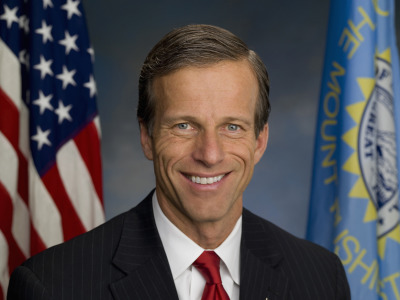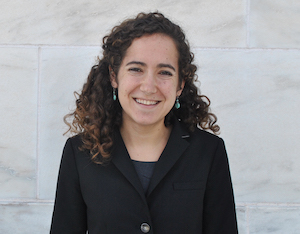Prefer a more fleeting CRP commitment than one of those 10- or 15-year marriages?
Coming soon to the Prairie Pothole Region of the north central U.S. are limited-engagements with the Conservation Reserve Program called SHIPP.
Spelled out, that’s the Soil Health and Income Protection Pilot Program, detailed on pages 53-56 of the 2018 farm bill, which directs USDA to offer contracts to landowners to seed and maintain low-cost cover crops for three to five years on small acres (not to exceed 15 percent of a farm’s cropland).
Though allowing only 50,000 to be enrolled across that region, SHIPP will mean the first CRP contracts shorter than 10 years since the first ones were issued in 1986. They’ll arrive as total CRP acreage, now at its lowest level since 1988, will be rallying toward the 27 million acres as authorized by the farm bill.
The pilot’s idea is shorter contracts with some added flexibility and reduced costs to both landowner and taxpayer.
A Senate staffer said Sen. John Thune, R-S.D., the prime SHIPP author, designed the pilot “for farmers to enroll their poorest-producing, recently-cropped land . . . (and for farmers) who would like an economically feasible alternative to farming their lesser productive land.”

Sen. John Thune, R-S.D.
USDA’s maximum SHIPP rental payment rates will be just half of county average cropland rental rates, with the exception of “beginning, limited resources, socially disadvantaged, or veteran farmers,” who will receive a 75 percent rental rate payment. USDA will reimburse half of the cover crop seeding cost for those categories of producers.
“It's promising to see the improved cost share and payment rates for beginning farmers,” says Alyssa Charney, senior policy specialist for the National Sustainable Agriculture Coalition. Plus, she says, the low ceiling on total acreage means that the discounted farmer groups will be the main enrollees during the pilot’s limited two-year sign-up period.
What’s more, she says, is that SHIPP begins to address the need for choices in CRP contract duration. Oftentimes, she says, "the 10 year contracts are too long to be useful for supply management purposes ... but 10 years can be too short to be sound natural resource and environmental policy.” So, SHIPP provides a shorter alternative while the farm bill’s new directive for an optional 30-year CRP renewal contract, called CLEAR 30 (see farm bill, page 50), is also “definitely a step in the right direction,” Charney says.

Alyssa Charney, NSAC
Big grain companies and dealers have often disliked expansion of cropland-idling programs, but Sarah Gonzalez, director of communications for the National Grain and Feed Association, says NGFA didn’t oppose SHIPP. Rather, the grain dealers support sustainable cropland management and want USDA “to prioritize enrollments that focus on highly erodible, environmentally sensitive land instead of good, productive farmland.”
Note, too, the farm bill allows for SHIPP enrollees to return their payments to USDA and terminate their contract whenever they wish.
The bill also has another option for landowners: Nonprofit wildlife organizations would be allowed to make payments to SHIPP contract holders who agree “not to harvest the conserving use cover,” according to the bill text.
Jim Inglis, director of governmental affairs for Pheasants Forever, said his group will wait to see what rules USDA writes for the program before considering whether to participate.
But his group likes the program overall. "We’re excited about the opportunities we may have to provide some habitat out of this.”
USDA will conduct a listening session at its national headquarters on Feb. 26 to hear views on implementation of a range of the 2018 act’s farm program-related provisions, and invites written comment until March 1. For SHIPP, USDA asks: "What can we do to most effectively implement this pilot ... (including) perennial conserving use cover?”
For more news, go to www.Agri-Pulse.com


